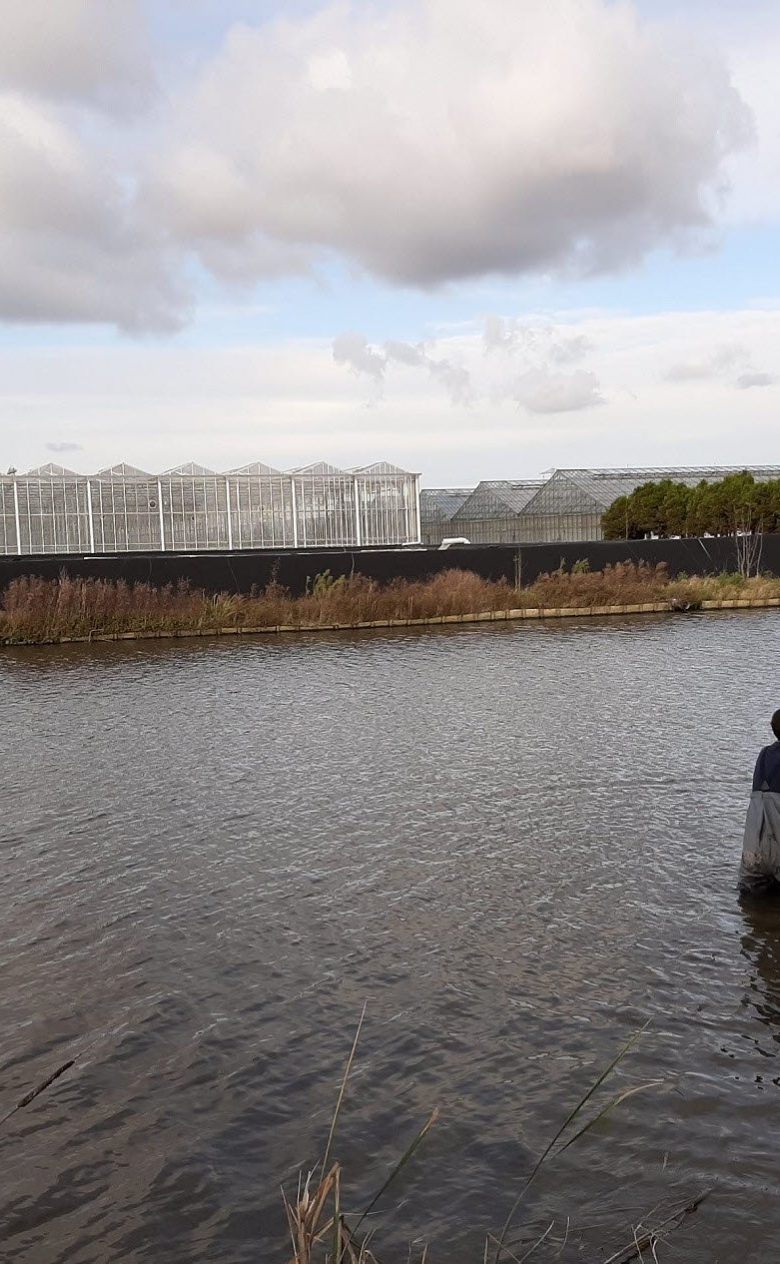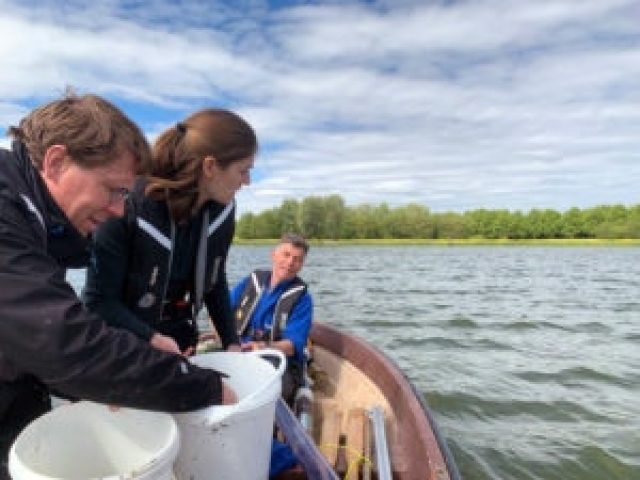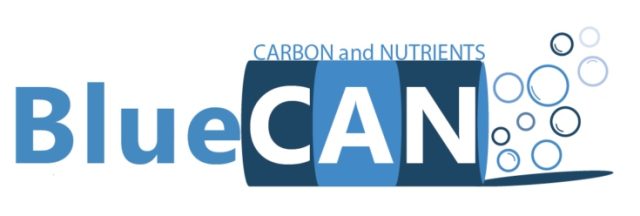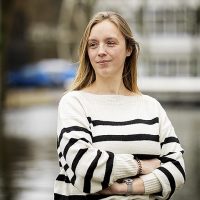BlueCan: cutting carbon emissions by improving the water quality of lakes and ponds
BlueCan is a tool that allows water management authorities to assess carbon emissions from ponds and lakes. The tool shows how different measures can improve water quality and reduce carbon emissions. BlueCan is a joint project involving Witteveen+Bos and Deltares.

Carbon emissions from ponds and lakes higher than expected
The first step was a project at Witteveen+Bos that measured the capture of carbon by surface water. In addition, a study by the Radboud University of greenhouse gas emissions from ditches and urban ponds showed that those emissions were much higher than previously assumed. Sacha de Rijk, Deltares project leader: “That study showed that local ponds generate the same level of emissions as 200,000 cars. At that point, of course, it really made sense to produce a tool that can estimate emissions but, above all, that can show immediately what actions you can take.”
Combination of water quality models: the best of two worlds
BlueCan does exactly that: it assesses emissions and shows which measures have an effect. The tool is based on a combination of two existing water quality models, PCLake and DELWAQ (water quality engine of Delft3D FM Suite). The strengths of both models were carefully integrated and the necessary adaptations were made. In addition, a metamodel has been created that allows water managers to estimate the annual emissions of fresh water on the basis of a number of system characteristics. To make the tool more reliable, the BlueCan project teamed up with water management authorities to measure a number of parameters in the field and in the lab.
Specific measures

One of the specific measures that can be assessed with the tool is the reduction of nutrient levels. For example, you can simulate how carbon emissions are positively affected by a reduction in the phosphate load. Sliding a bar on the screen shows how emissions increase or decrease. You can then decide, for example, not to start dredging or to reduce the phosphate load in another way.
Extra contribution to climate ambitions by means of clean water
BlueCan shows an important link between water quality and greenhouse gas emissions. A turbid, algae-rich system produces a lot more emissions than a clear, plant-rich system. Indicative calculations show that the difference in emissions can be a factor of 10. The link between water quality and emissions results in a win-win situation. By working to keep water clean and enhance biodiversity (by implementing WFD measures), we can work directly on achieving our climate ambitions. In this way, investments in water quality make a significant contribution to the necessary reduction of greenhouse gas emissions.
Further development

The first version of the BlueCan tool is a Quick Scan. A second phase for BlueCan was launched for the further validation of the tool in October 2020. It addresses six new cases. The fieldwork was completed successfully in recent weeks. And representatives from the relevant authorities were even present sometimes, which worked very well. Together we have learnt a lot and exchanged knowledge in these varied areas. Our cases range from the peat pits in the Wieden to ditches around the greenhouses, and so the fieldwork was also very diverse. There was a tumultuous boat trip on the Vuntus lake in rough weather, drilling in clay soils between the greenhouse complexes, picturesque views in Oostzanerveld and, wearing our waders, sinking into the ditches of Poppenhuizen, where the mud was sometimes a metre deep. Now that we have got to know the locations, we will be turning specifically to greenhouse gas measurements in the spring.
In collaboration with Witteveen+Bos, the water management authorities and the Dutch Society for the Preservation of Nature (Natuurmonumenten), BlueCan will be developed further using feedback from the field. A handbook will also be produced with information about the carbon processes and the link with eutrophication, how to use the tool, a step-by-step analysis, the role of sediment, and measures to reduce emissions.



